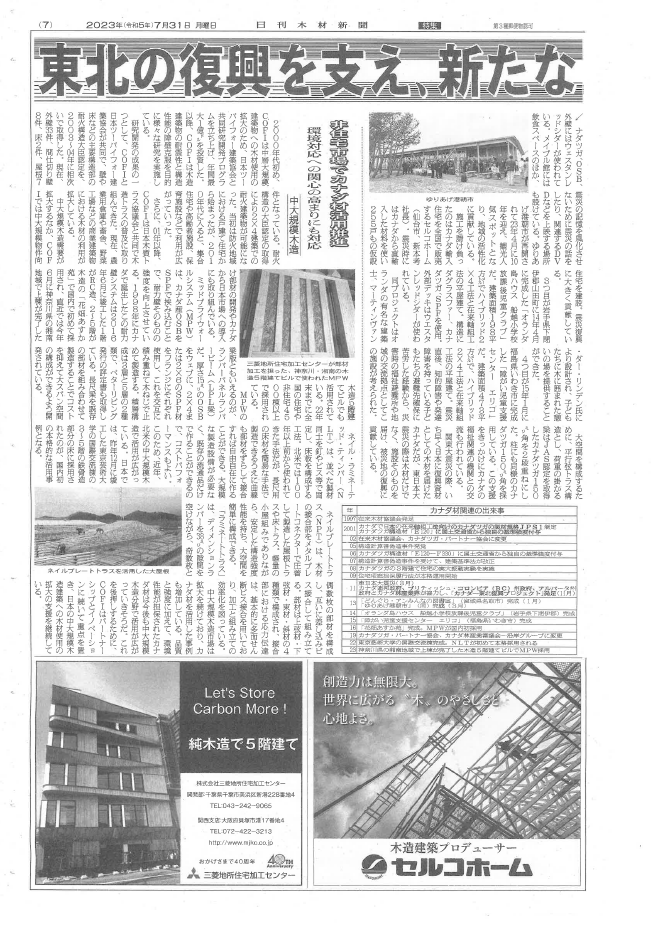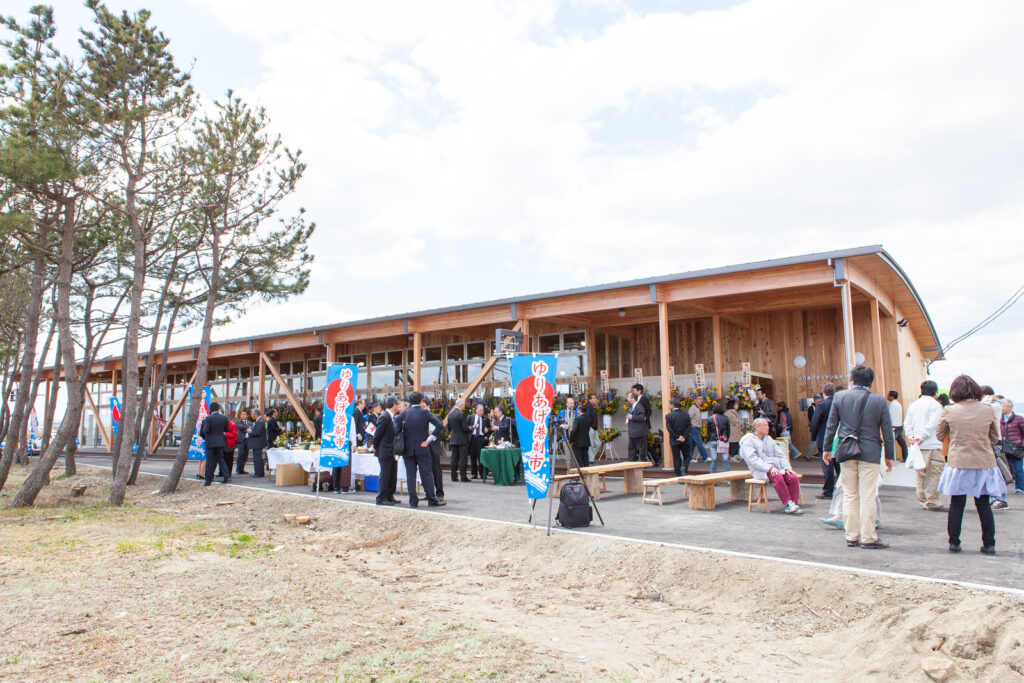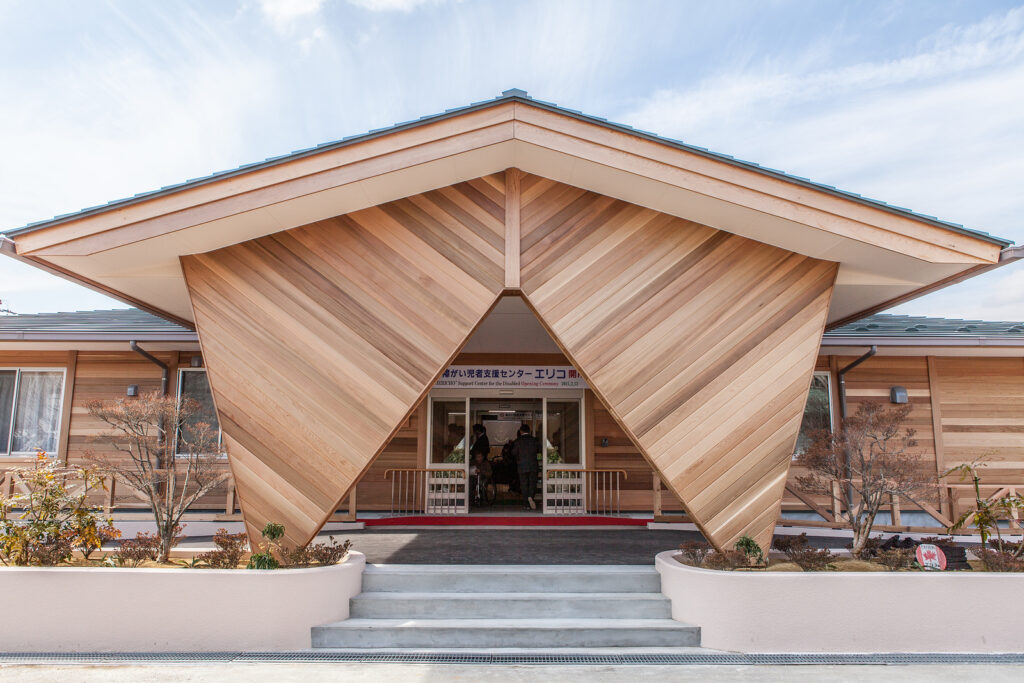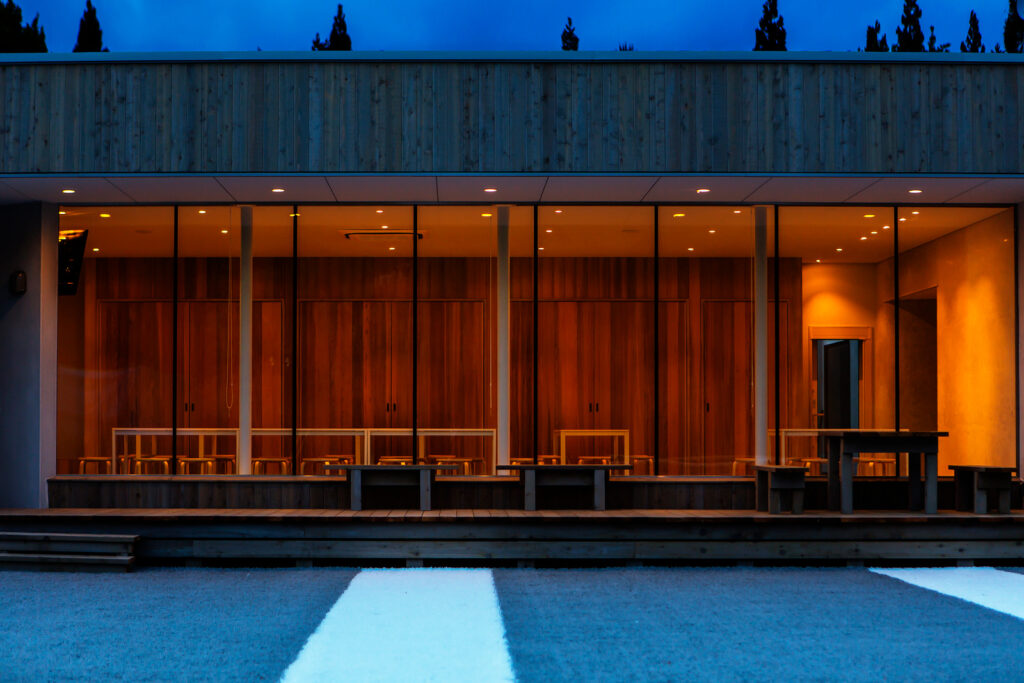Celebrating 100 Years of Wood Trade between Canada and Japan : Part III
In honor of the 100th anniversary of Canada-Japan timber trade, our editorial campaign continues to shed light on the profound ties between our nations. Recently, the third set of articles, commemorating this momentous occasion, graced the pages of the Nikkan Mokuzai newspaper (Daily Forest Products Journal) on July 31st. This latest installment in the series delves into the period spanning from 2000 to the present day.


The first article takes us back to the early 2000s, a time when Japan developed a keen interest in housing performance, particularly in terms of earthquake resistance. This growing trend sparked a heightened demand for top-quality wood products, prompting Canadian lumber producers to rise to the occasion. To meet consumers’ exacting demands, these producers worked diligently to develop and refine wood products that not only met but exceeded market standards. Coastal hemlock and Interior SPF mills played a pivotal role in this endeavor, making significant capital investments to improve the quality and yield of their offerings. Additionally, to expedite the shipping process, reload centers were established near the Port of Vancouver, effectively reducing delivery times to Japan to a mere 10 days to 2 weeks.
The second article brings to the forefront the remarkable collaboration between the Canadian federal government, the British Columbia government, the Alberta government, and the Canadian forest industry. Together, they initiated the “Canada-Tohoku Recovery Project” after the devastating Great East Japan Earthquake struck on March 11, 2011. Through this joint effort, Canada contributed to the regeneration and revitalization of local communities in the affected area by utilizing wood to reconstruct four essential public facilities.
Among the series, the final article emerges as a testament to the strategic vision of the Canada Wood Japan/Council of Forest Industries (COFI). In the early 2000s, CWJ/COFI embarked on a groundbreaking joint research and development program with the Japan 2×4 Home Builders Association, aiming to expand the use of wood in medium-rise large-scale buildings. Over the years, we conducted an array of studies to overcome barriers related to seismic resistance and structural performance in wooden buildings. One of the significant achievements resulting from this R&D effort was the acquisition of the Ministerial “Fireproof Structural Certification” for major structural components such as walls and floors. Presently, there are certifications for 33 exterior walls, 8 partition walls, 2 floors, and 7 roofs, ushering in the era of fire-resistant 2×4 buildings. The successful R&D initiatives have significantly contributed to the proliferation of wood use in various constructions across Japan, both in housing and non-residential segments.
For those eager to delve deeper into the captivating series, translations of the articles are available by contacting me at [email protected].
Anticipation builds for the upcoming fourth set of articles, scheduled for release on August 30th. This next chapter will meticulously explore the remarkable contributions of the Canadian forest industry to the development of the Japanese 2×4 construction industry, underscoring the enduring alliance between Canada and Japan in the realm of timber trade and beyond.






